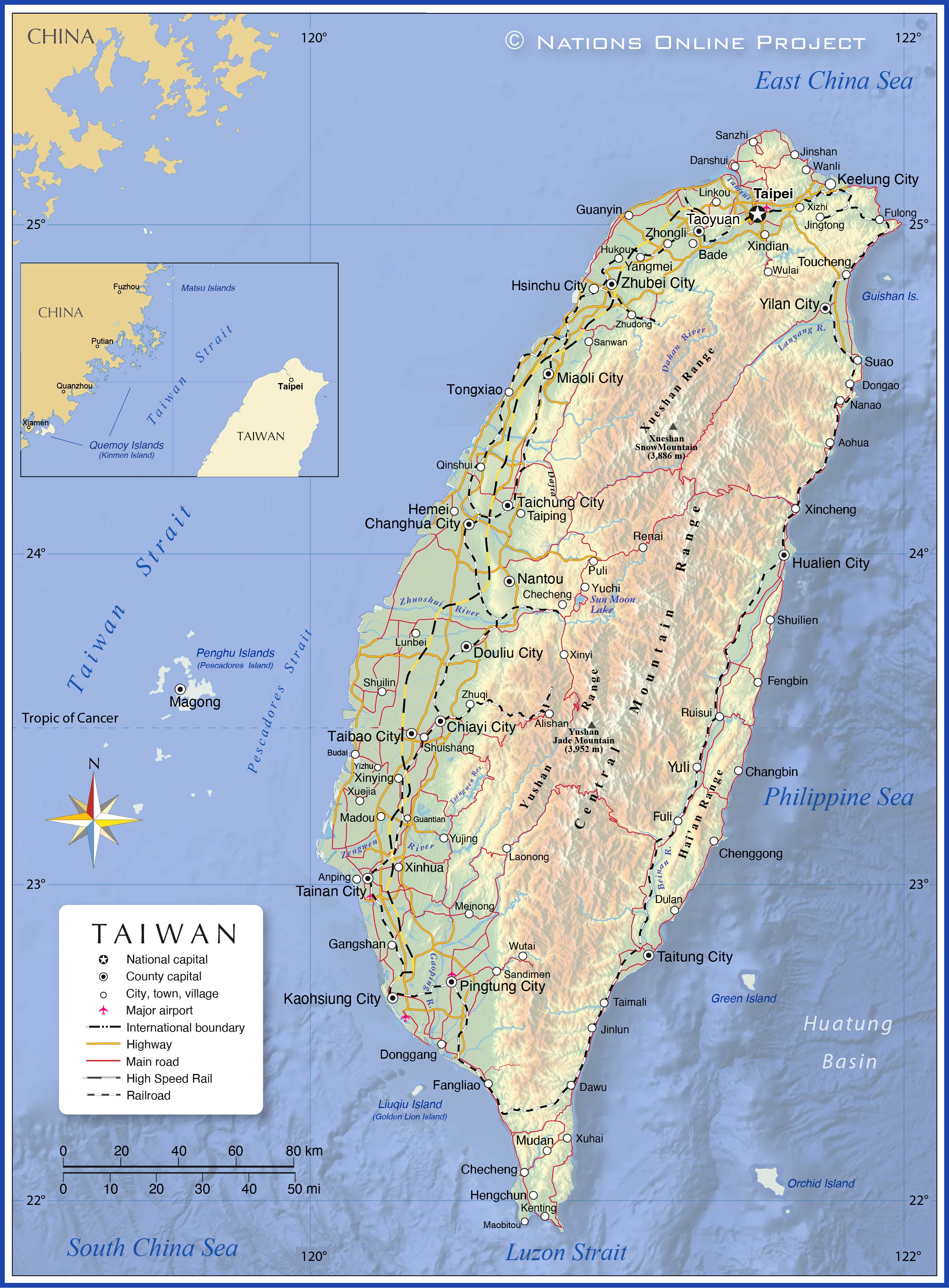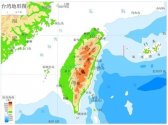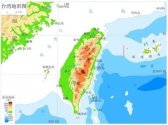China should draw US into the war to give her an excuse to kick American forces out of West Pac.My strategy would be to re-supply and bolster Taiwanese forces on Taiwan as much as possible without direct US action against China, almost exactly like NATO with Ukraine. Naval re-supply would have USN escort and air re-supply would have USAF escort. No firing on PLA forces unless US escorts are attacked. No attacks against the Chinese mainland.
With this, minimal/maximal effort, the US could say that it upheld its commitment, technically, while avoiding the gravest of unintended-consequences. This could be spun as a political “win” after the inevitable occurs. “We provided Taiwan with the best equipment the world had to offer; however, despite putting-up a determined, heroic, and honorable resistance, the forces of freedom and democracy could not overcome insurmountable odds. Today is a dark day for all freedom-loving people of the world!”
In a sense, Ukraine might be the model-test for future western ‘interventions‘. All the more reason that they keep pouring-n resources.
You are using an out of date browser. It may not display this or other websites correctly.
You should upgrade or use an alternative browser.
You should upgrade or use an alternative browser.
PLA Strategy in a Taiwan Contingency
- Thread starter pugachev_diver
- Start date
USAF/USN could simply violate the NFZ and naval blockade. I believe that China would tolerate these violations, to a point, knowing that they would, ultimately, be futile. Knowing that no amount of materiel would bring victory to the rebellious Taiwanese forces, China could tolerate such violations until they secure Taiwanese airports and air-fields and ports (which would be priorities, I expect).As mentioned by another user the ports are on the western coast. Also China can put a NFZ and no ship zone so this wouldn't even help.
So, it’s geologically imposed.IIRC the east coast is very prone to extreme earthquakes, so it's light on infrastructure.
geography.Damn, didn’t know that. Is that geographically imposed, or just poor planning?

All the major cities are located on the plains to the west. The east side is mountainous and the mountains go right up to the coast except for the Beinan River Valley which separates 2 mountain ranges. There are only 3 roads from the east to the west, mostly following river valleys.
Here's what the mountains look like. They're rocky jungle with all the valleys being river valleys. It is extremely difficult to cross them from within Taiwan, but an amphibious attack from one side would be basically uncontestable for forces on the other side.

This image more clearly highlights the elevations. As you can see, it would be a logistical nightmare to try and get anything unloaded in Eastern Taiwan moved to the rest of the island. This is probably also one of the major reasons why Eastern Taiwan is so sparsely populated.So, it’s geologically imposed.

Last edited:
geography.

All the major cities are located on the plains to the west. The east side is mountainous and the mountains go right up to the coast except for the Beinan River Valley which separates 2 mountain ranges. There are only 3 roads from the east to the west, mostly following river valleys.
Here's what the mountains look like. They're rocky jungle with all the valleys being river valleys. It is extremely difficult to cross them from within Taiwan, but an amphibious attack from one side would be basically uncontestable for forces on the other side.

wOw!
Thanks, guys!
And I call myself a hobby-geographer! I’d never even investigated Taiwan’s topography.
Guess I receive 5 de-merits (a demotion) from the IAOACG (international association of arm-chair generals).
Btw, has anyone ever seen a CIA 3-D topographical map? My battalion air-officer had stolen one of Lebanon that they used to plan flight-paths through the mountains. Cool as sh!t!
P. S. So, basically, the U. S. had no good options for intervention!
Last edited:
Its economically imposed. It would be really imprudent economically to open up a port on the west that no one would use due to higher cost of being away from the economically viable eastern part of the island and having to go through an expensive mountain trail to get to the aforementioned economically active east. If they do build one expect it to meet some PGMs from the J-20
You got your East and West mixed up. Also, there are shipping routes going East, straight across the Pacific, but those ships are mostly leaving from China (and South East Asia to a MUCH lesser extent), not Taiwan.Its economically imposed. It would be really imprudent economically to open up a port on the west that no one would use due to higher cost of being away from the economically viable eastern part of the island and having to go through an expensive mountain trail to get to the aforementioned economically active east. If they do build one expect it to meet some PGMs from the J-20
wOw!
Thanks, guys!
And I call myself a hobby-geographer! I’d never even investigated Taiwan’s topography.
Guess I receive 5 de-merits (a demotion) from the IAOACG (international association of arm-chair generals).
In war time, it is basically two major choke points. One in the Northeast and one in the Southeast. Would make it relatively easy to monitor routes and strike convoys with drones. And/or just periodically airdrop land mines on the routes? Air defenses are likely 99% concentrated around Taipei, Kaohsiung, Taizhong, Tainan, etc. (North, South-Southwest, and Western coast).
The war would mostly be fought in the air and sea (especially under the sea). The land component would consist of marines pre-deployed across the islands of South East and East Asia (Taiwan, Philippines, Japan's southernmost minor islands, and other minor islands adjacent to Taiwan), trying to attack Chinese planes/ships with missiles/drones and conducting electronic warfare.P. S. So, basically, the U. S. had no good options for intervention!
Last edited:
Just drop bombs into the tunnels on routes connecting the eastern side to the western sideIn war time, it is basically two major choke points. One in the Northeast and one in the Southeast. Would make it relatively easy to monitor routes and strike convoys with drones. And/or just periodically airdrop land mines on the routes? Air defenses are likely 99% concentrated around Taipei, Kaohsiung, Taizhong, Tainan, etc. (North, South-Southwest, and Western coast).
They don't need to secure Taiwan's airfields and ports. Given China's ability to build infrastructure large and fast (after neutering the island and its surrounding zone), it would not be worth the trouble to preserve them. They can just bomb them with land-based missiles/drones and call it a day. If you can't secure the infrastructure easily/without high costs, then the next best thing is to deprive your enemy of them.USAF/USN could simply violate the NFZ and naval blockade. I believe that China would tolerate these violations, to a point, knowing that they would, ultimately, be futile. Knowing that no amount of materiel would bring victory to the rebellious Taiwanese forces, China could tolerate such violations until they secure Taiwanese airports and air-fields and ports (which would be priorities, I expect).

